Do you know your open data’s use cases?
Planning with use cases can ensure that open data will be used to productive and potentially impactful ends.
Cities have made great strides in publishing foundational open data, and every day, they’re working to release more and better data. But many city officials still wonder: What will this data do for the community? And who is actually using it?
Anyone publishing data for a broad audience needs to face these questions to understand the impact of their open data efforts. Understanding how data will be applied in the public domain is a key element of planning and allocating limited resources dedicated to open data programs. Ground-truthing data in its potential use cases can ensure that when data is opened, it is for a purpose.
Planning with use cases can ensure that open data will be used to productive and potentially impactful ends.

Data providers can create use cases by using any research methods to better understand who in the community is looking for data, what specific data they are looking for, and why they are looking for the data. Whether data providers are using survey tools, focus groups, one-on-one interviews, or community meetings to understand potential data users’ needs, they should aim to capture specific details in each of these three areas.
So what does a use case for open data look like?
We think a good use case for open data describes how a specific person or persons will use open data or public information to solve a specific problem. Comprehensive use cases can help data providers to visualize the potential of open data for problem-solving, not try to ask how exactly those problems will be solved.
For example, here are sample use cases that a data owner might assemble in planning for the launch of a new transit data portal:
- Civic technologists need machine-readable, real-time timetables from the Department of Transportation to build tools for residents planning day-of transportation routes using public transit.
- Local researchers need transaction-level ride counts by station to better analyze demographic trends across the city and inform social policy.
- Community activists need easy-to-read, accessible budget data related to transit infrastructure to make an informed case for more equitable distribution of subway stations and infrastructure improvements.
One thing to note is that these use cases do not describe solutions to the problems that community members care about. Here are examples of use cases that incorrectly center solutions:
- Civic technologists and residents need real-time transit apps to plan transportation routes using public transit.
- Local researchers need data dashboards to understand and analyze demographic trends.
- Community activists need public hearings to make an informed case for more equitable distribution of infrastructure improvements.
With use cases like the ones above, data providers may run the risk of preemptively addressing community needs with the wrong solution. Once data providers have created problem-centered use cases, they should take any opportunity they can to talk with target data users to ask how they might support their use case for open data.
Choosing how to support a use case can be difficult and requires intentional co-creation with community members. Sometimes, data providers have limited tools at their disposal to address communities’ needs. Other times, though, there may be tactical opportunities to adapt or re-format existing data so that it meets the actual needs of the identified potential data users.
By identifying use cases in the planning phase of any open data efforts, data providers also have an opportunity to think critically about who their open data is supporting and what realistic impact it will have on the community.
In some cases, data providers doing a brief review of community needs might only see that current data users like researchers, technologists, entrepreneurs, or already-active community residents seem to be demanding the most information. But for those cities working to fight poverty, support equity, and improve the quality of life for all residents, segmenting current users of open data and noticing who is not at the table is an opportunity to further investigate the needs of underrepresented communities.
Taking a resident-centered approach to building an open data program, starting with strong use cases behind each open data effort, can help cities to plan better for their current data users and take on the harder task of identifying, up-skilling, or engaging the potential data users out there.
Formula for a good use case
[COMMUNITY MEMBER, CURRENT OR POTENTIAL DATA USER] needs [FORMAT OF DATA][TYPE OF DATA] from [DEPARTMENT HOLDING THIS DATA (optional)] to [END GOAL MOTIVATING THIS USER]
Example
Service providers with low data capacity but high subject matter expertise need easily accessible block-level neighborhood indicators from the Department of Neighborhood Services and the Police Department to make a stronger case for funding to support their work improving the neighborhood’s well-being.

